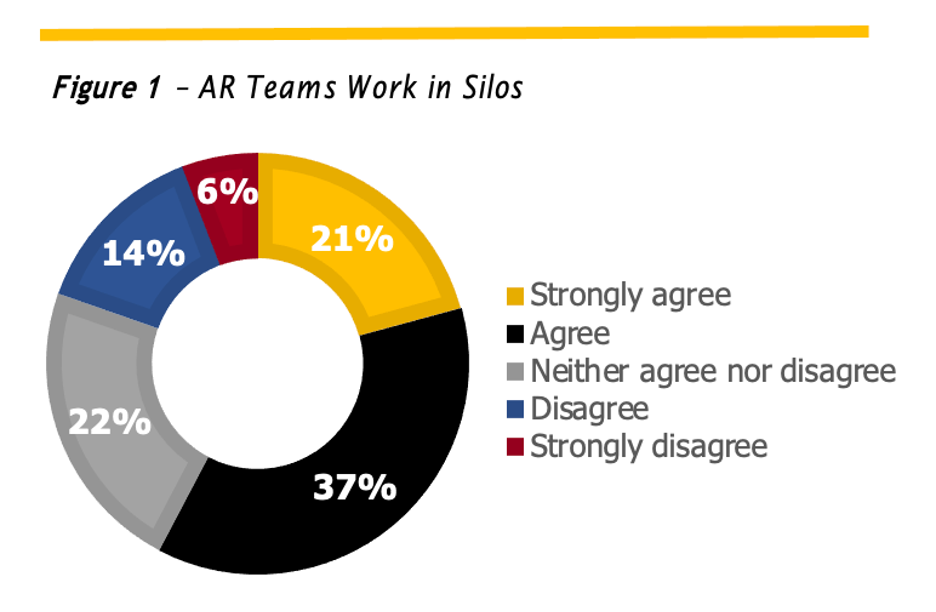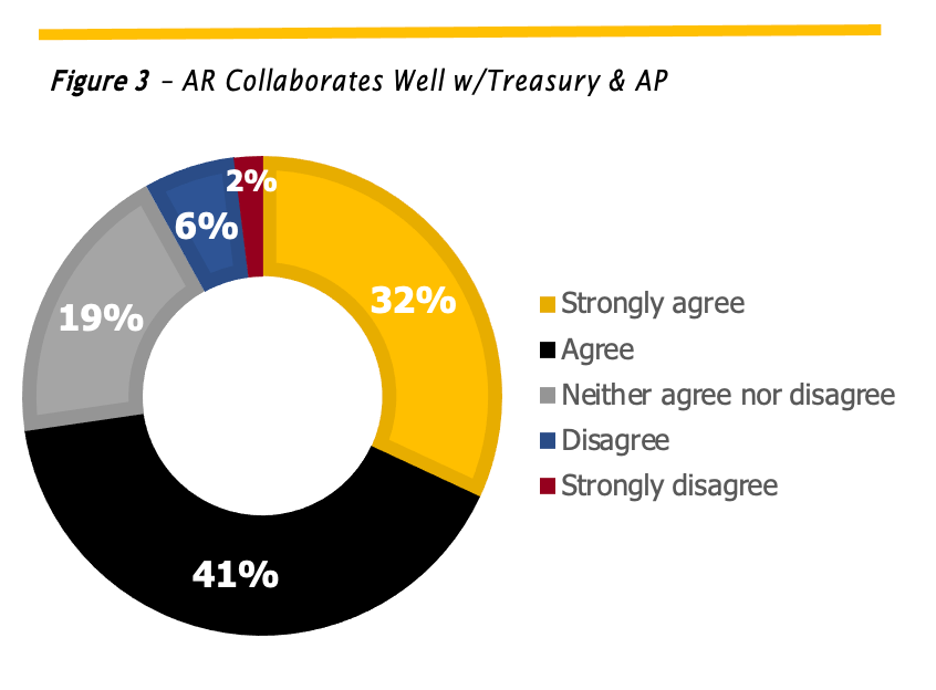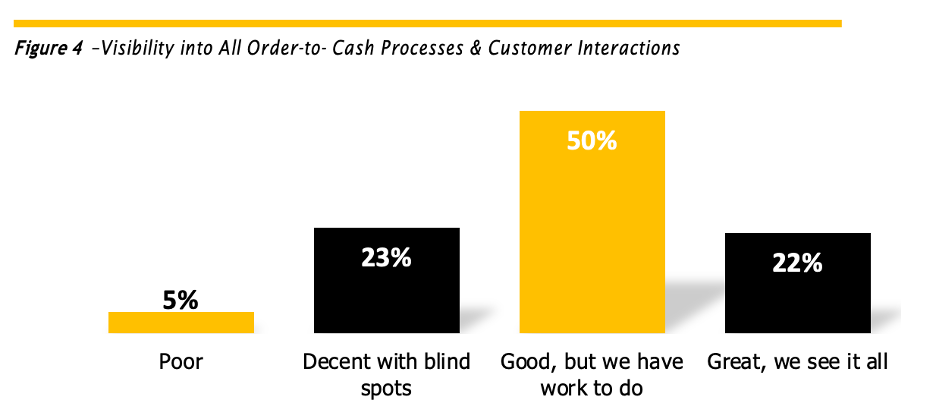What accounts receivable (AR) headwinds do companies face in 2022 that they believe will be tempered by making these investments? We’ll leverage the results of The State of AR: Trends, Headwinds & Opportunities survey to tackle this question.
AR Headwinds in 2022
Challenging conditions will come from factors companies can and can’t control. Exogenous (external) AR headwinds will result from increasing global business dynamics driven by the ongoing pandemic, supply chain disruptions, and geopolitical chaos. Endogenous (internal) headwinds companies face, and can mitigate, include those related to people and technology.
The accounts receivable function is impacted by individuals within the department and across the office of the CFO including treasury, finance, and accounts payable. Therefore, collaboration within and beyond AR is a key to success, while a lack of collaboration and working in silos will create challenges.
People-Related AR Headwinds
Do companies face headwinds relative to barriers to collaboration within their AR teams? Fifty-eight percent of companies surveyed say yes, with 21% saying they strongly agree that their AR team works in silos (Figure 1).

When it comes to collaboration, over 70% of companies report that their AR teams collaborate well with sales, treasury, and accounts payable (Figures 2 and 3).


Other potential people related AR headwinds are that companies do not have the right people and/or their AR teams do not have right skills to deliver on expectations. Previously we shared that companies plan to invest in hiring AR staff (47%) and upgrading skills via professional development opportunities (38%). This suggests that companies are cognizant of these headwinds and are investing to mitigate them.
Technology-Related AR Headwinds
A common inherent barrier to effective collaboration related to technology is a lack of visibility into AR processes and customer interactions across all parties (within and beyond AR) who impact customer relationships, which influences how and when customers make payments. Our survey asked respondents to share the visibility they have into these areas.
Only 22% of companies surveyed noted a lack of visibility into areas that impact AR success (Figure 4). This suggests headwinds in the form of technological immaturity. The prevalence of technological immaturity relative to accounts receivable is evident in the fact that 50% of survey respondents continue to leverage spreadsheets and ERPs as their primary technology tool relative to accounts receivable. Survey respondents are aware of technology related headwinds and 63% are investing in upgrading AR-related technology to mitigate them (Figure 4.)

Mitigating AR Challenges
Companies will continue to face AR headwinds they can’t control, related to increasing global business dynamics driven by the ongoing pandemic, supply chain disruptions and geopolitical chaos. However, companies can mitigate challenges related to people and technology. Companies should invest in right-sizing AR-related technology to enhance business agility to navigate exogenous and endogenous AR headwinds. Companies should also invest in their AR people by adding staff and/or upgrading relevant skills to empower AR teams to deliver on increasing expectations in any business environment.
Get your copy of the full The State of AR: Trends, Headwinds & Opportunities survey.




